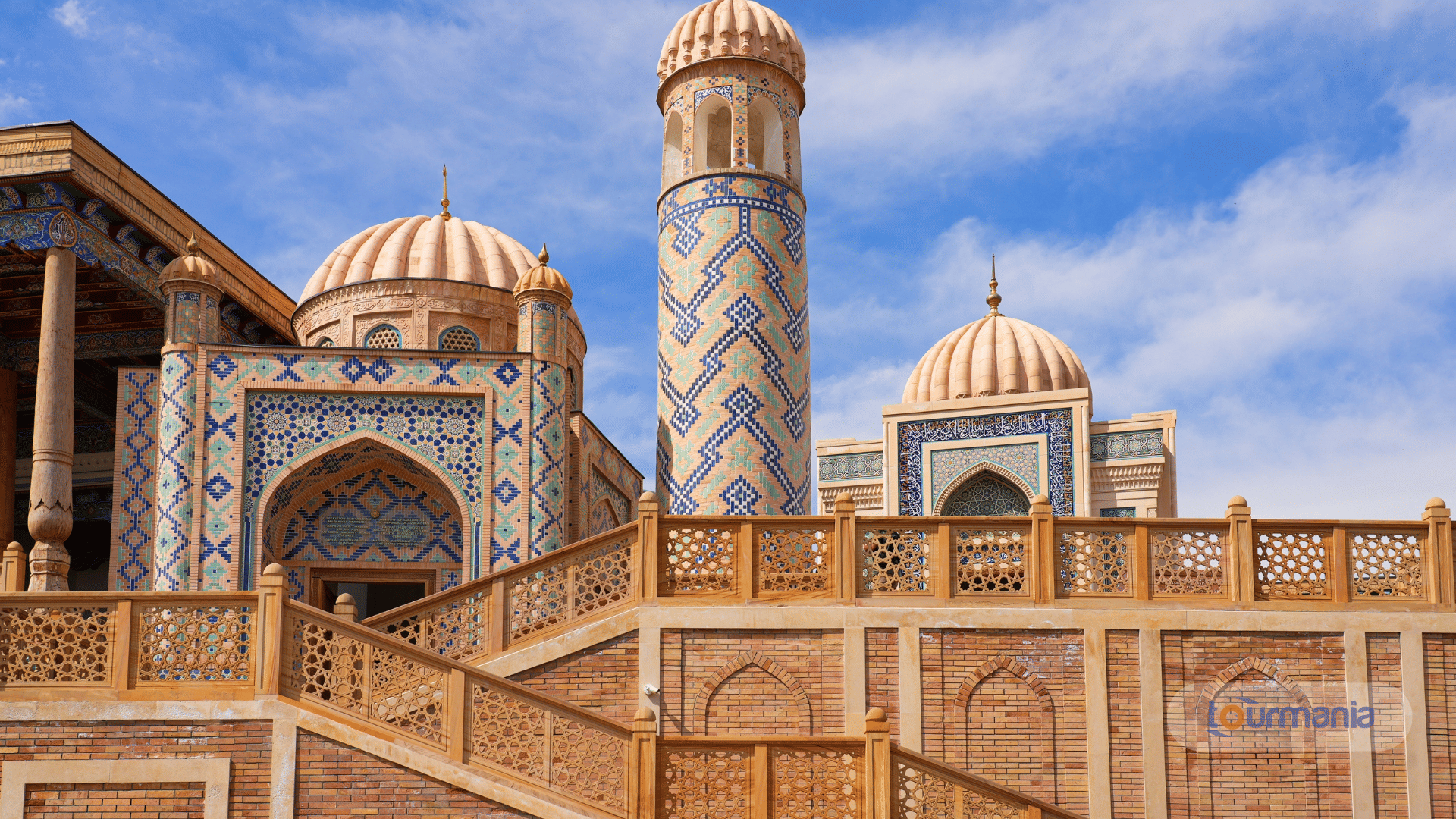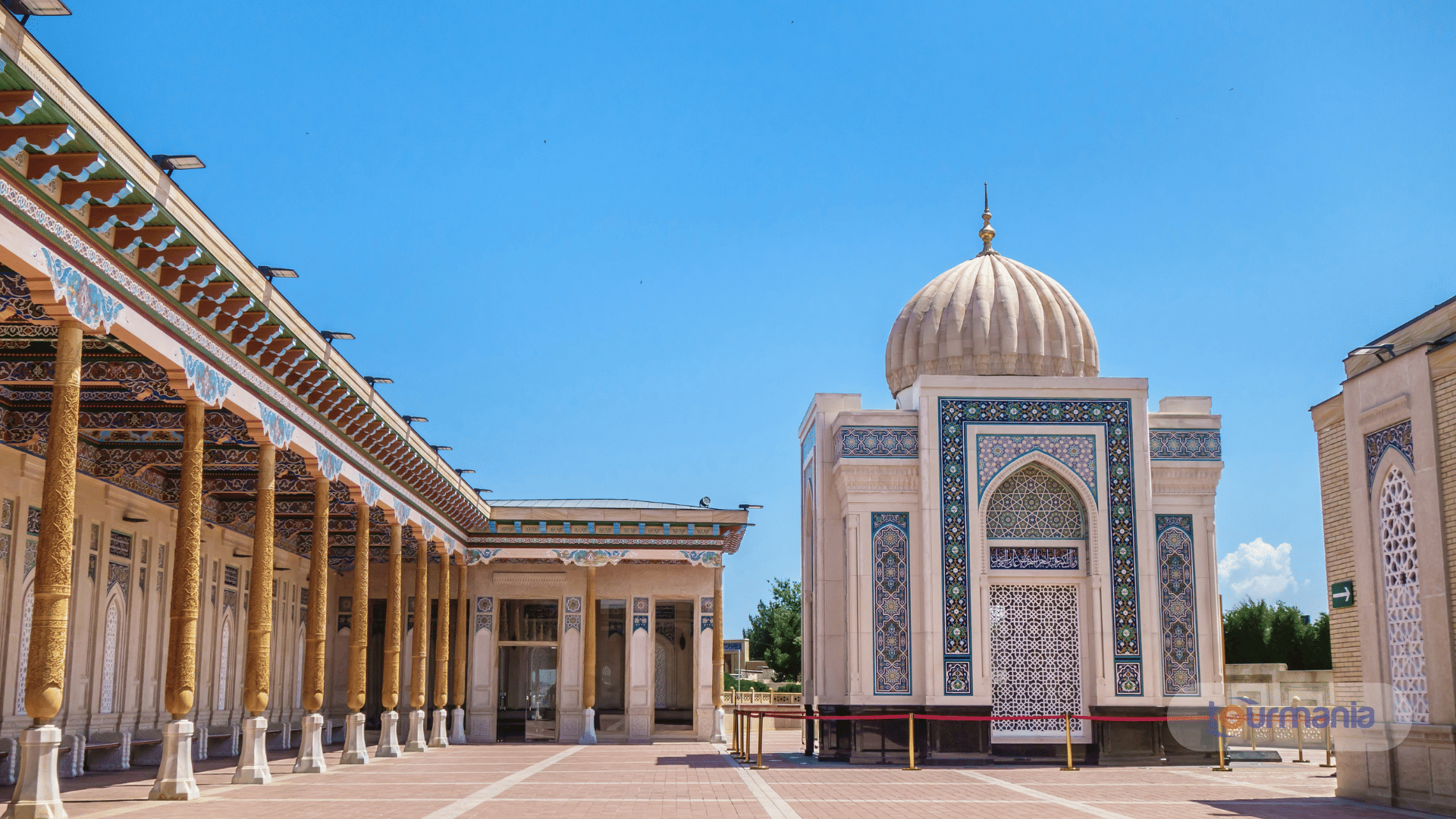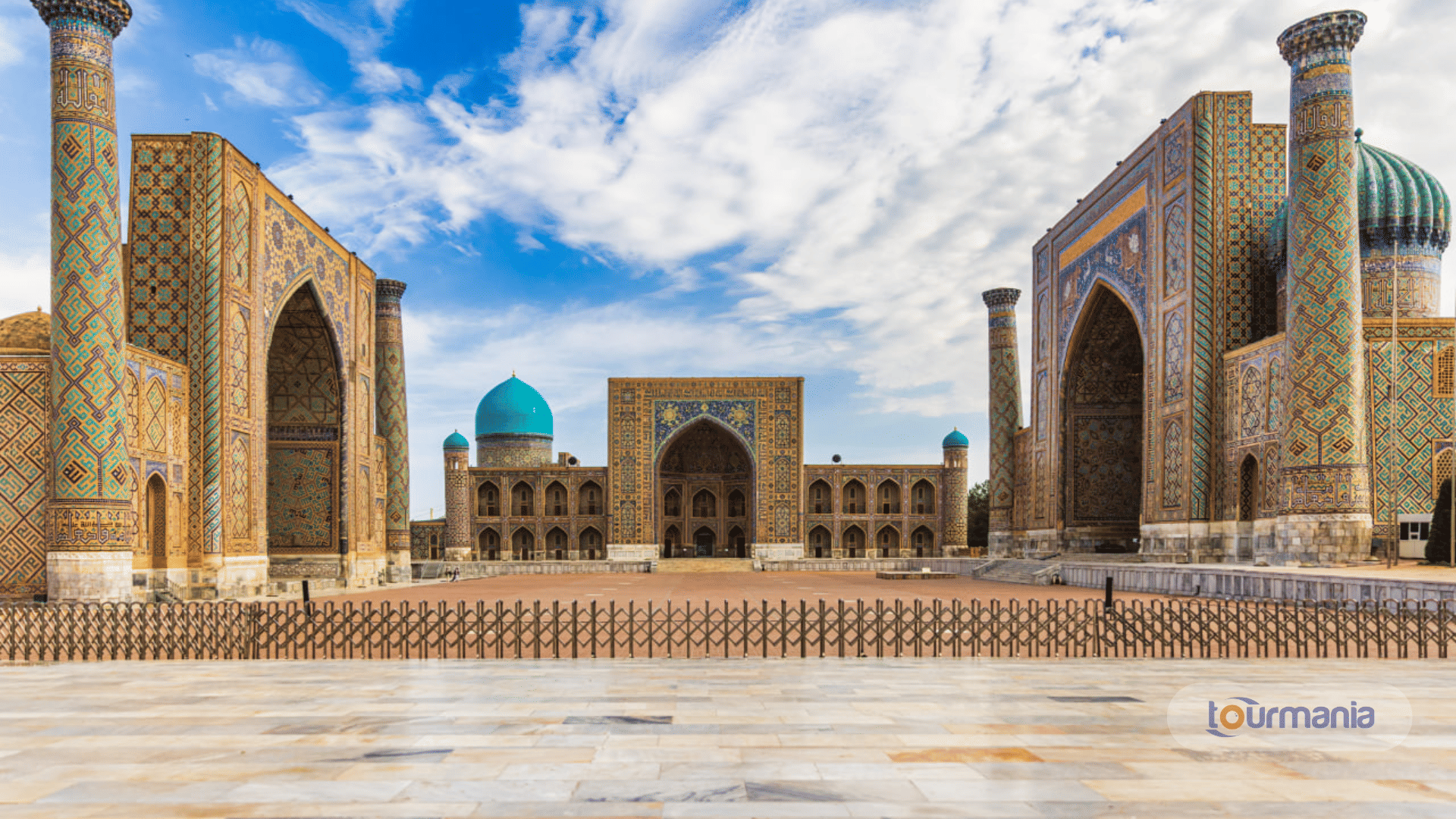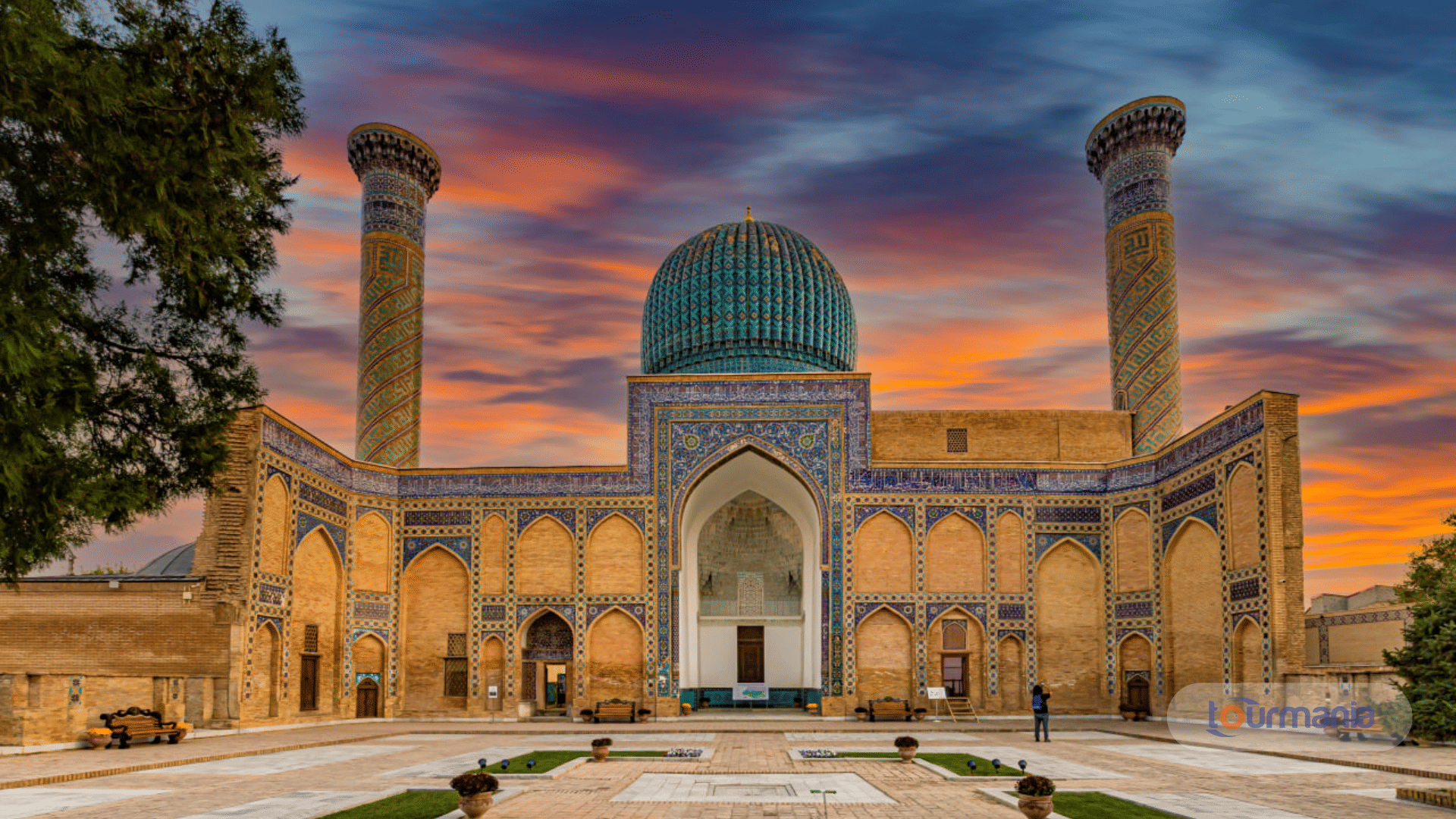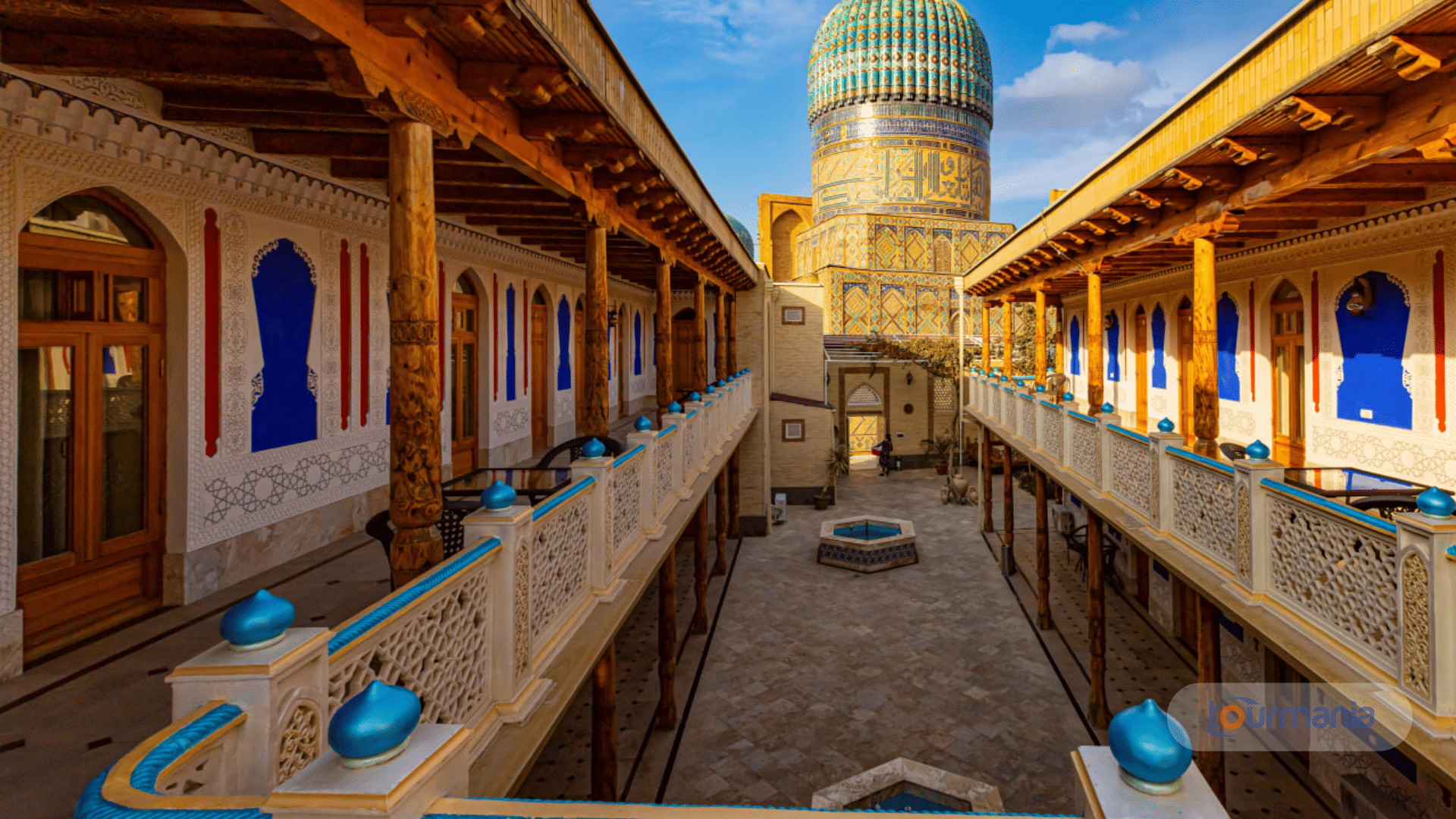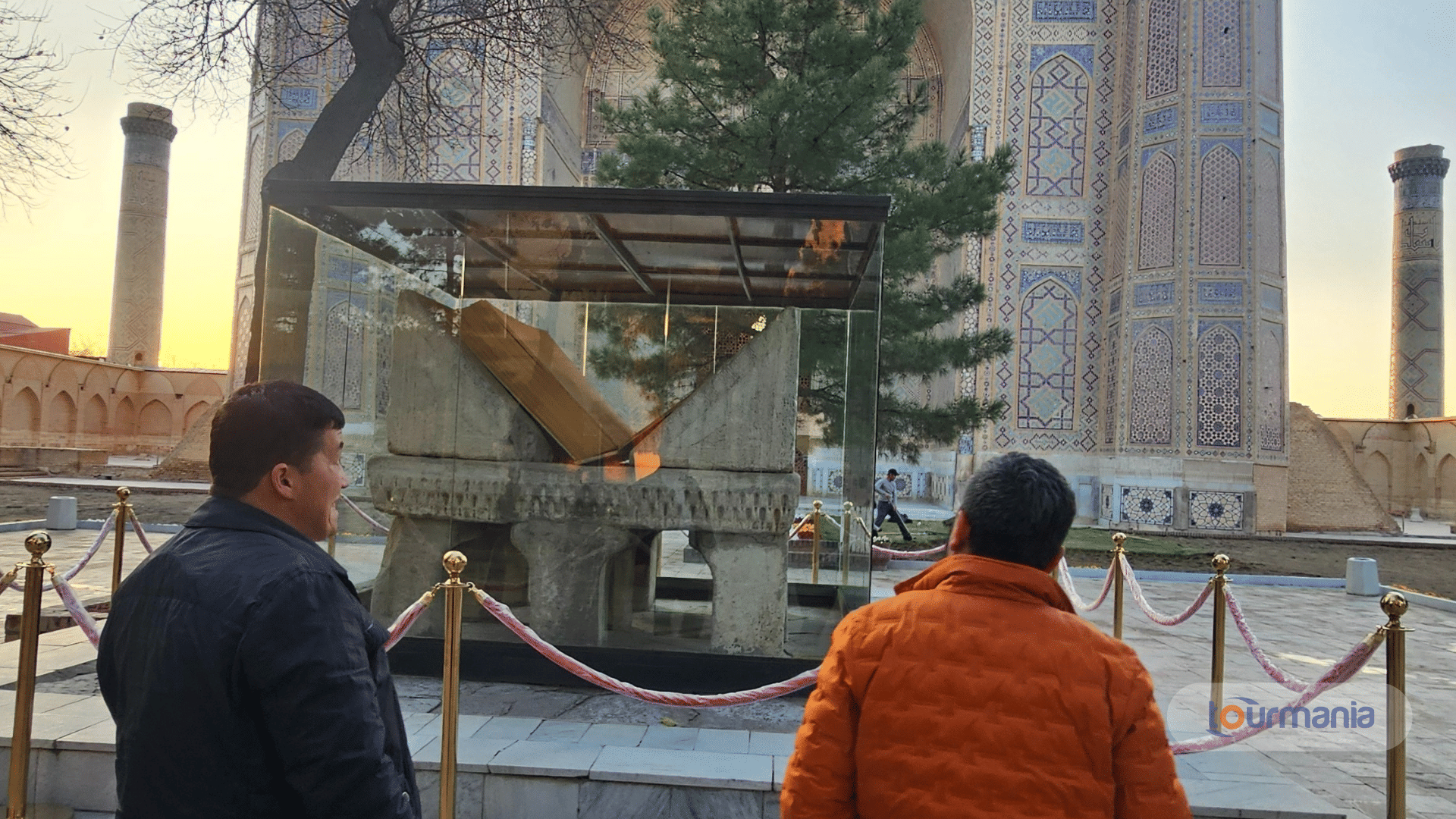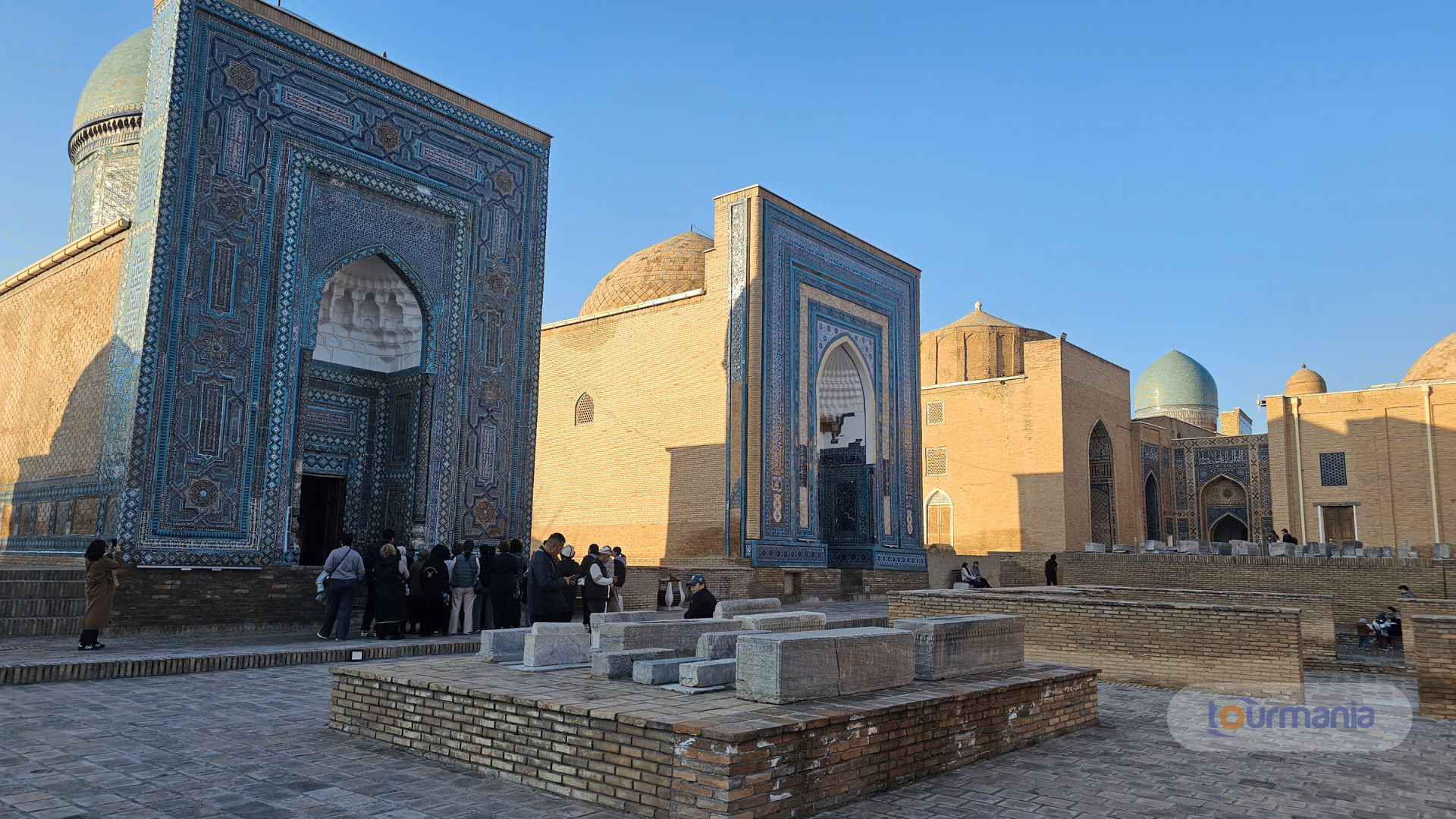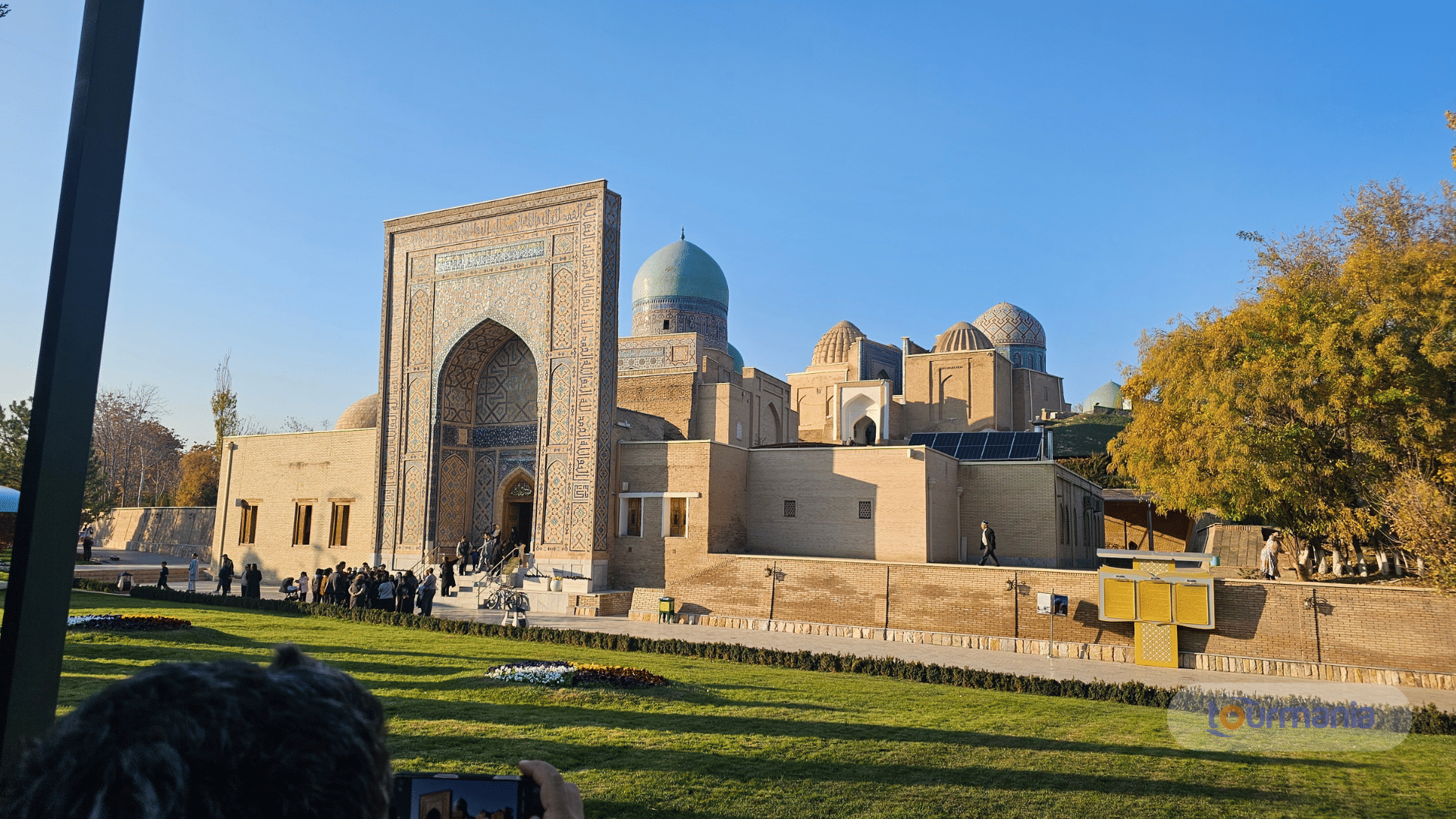Samarkand: Essentials Guided Walking Tour
he Samarkand: Essentials Guided Walking Tour offers a deep dive into the historical and architectural gems of one of Central Asia's most iconic cities.
1.Gur e-Amir Mausoleum
The Gur-e-Amir (meaning "Tomb of the King") is a historical mausoleum in Samarkand, Uzbekistan. It is the burial site of the famous conqueror Tamerlane (Timur), who founded the Timurid Empire in the 14th century and is regarded as one of the most significant figures in Central Asian history. The Gur-e-Amir is a magnificent example of Timurid architecture. It has a large, imposing dome, intricate tilework, and majestic minarets. The structure combines Persian, Turkic, and Mongol architectural styles.
2. Registan Square
Registan Square is one of the most iconic landmarks in Samarkand, Uzbekistan, and is considered one of the most beautiful public squares in the world. It was once the heart of the ancient city of Samarkand, which was a prominent center of trade, culture, and learning along the Silk Road.
The square is surrounded by three majestic madrasas (Islamic educational institutions), each an outstanding example of Islamic architecture with stunning tile work, intricate designs, and grand entrances. These madrasas are:
• Ulugh Beg Madrasa (built between 1417 and 1420): This madrasa was commissioned by Ulugh Beg, a Timurid ruler, astronomer, and mathematician. It is one of the earliest examples of Islamic architecture in Central Asia and is known for its magnificent blue tiles, large portal, and grand entrance.
• Sher-Dor Madrasa (built in the early 17th century): This madrasa was constructed by the Shaybanid dynasty. Its unique feature is the depiction of tigers (shers) on the façade, which is rare in Islamic art due to the prohibition of animal imagery.
• Tilla-Kari Madrasa (completed in 1660): The Tilla-Kari madrasa, meaning "Golden Covered," is known for its luxurious interior, which is richly decorated with gold leaf. It is a fine example of 17th-century Persian-style architecture and features a large central dome.
3. Bibi Khanym Mosque
The Bibi-Khanym Mosque is one of the most famous landmarks in Samarkand, Uzbekistan, and stands as a testament to the grandeur and architectural brilliance of the Timurid Empire. Built during the reign of Emperor Timur (Tamerlane) in the late 14th century, the mosque is one of the largest and most impressive examples of Islamic architecture in Central Asia. The Bibi-Khanym Mosque was commissioned by Timur in honor of his wife Bibi-Khanym, who was one of the most prominent women in his court. According to legend, Timur built the mosque for her after she made a request for a grand structure to be erected in Samarkand, and it is said that the mosque's design was inspired by her beauty and stature.
4. Khazrati Khizr Mosque
The Hazrat Khizr Mosque is a historical monument in Samarkand (mid-19th century); associated with the name of the legendary Islamic prophet Khizr. The building was erected on the site of an ancient mosque (according to the inscription on the mihrab, in 1855). The monument is located opposite the Shakh-i-Zinda complex on a hill. In 2018, the mausoleum of the First President of the Republic of Uzbekistan Islam Karimov was opened in the territory of the mosque
5. Shakh-i Zinda Complex
Shakh-i-Zinda (meaning "The Living King") is a complex of stunning mausoleums located in Samarkand, Uzbekistan. It is one of the most significant and visually striking historical sites in the city and is a UNESCO World Heritage site. The complex is famous for its intricate tilework, historical importance, and spiritual significance, and it is often regarded as one of the most beautiful necropolises in Central Asia.


